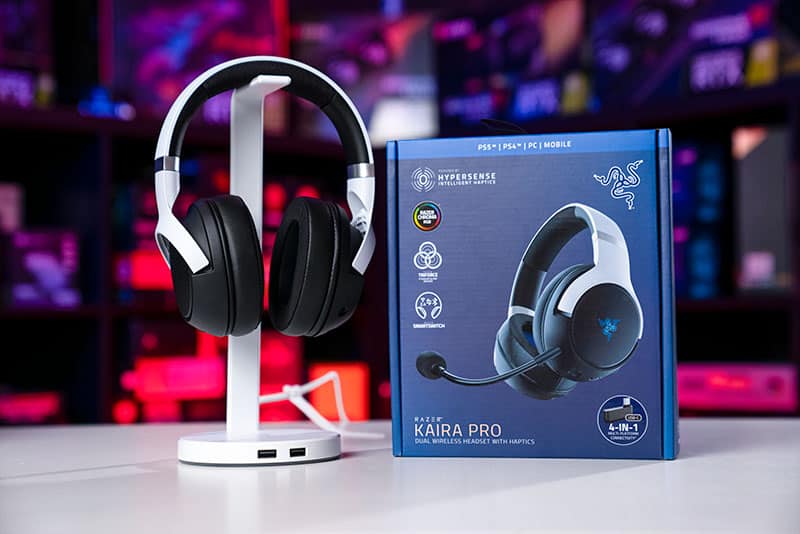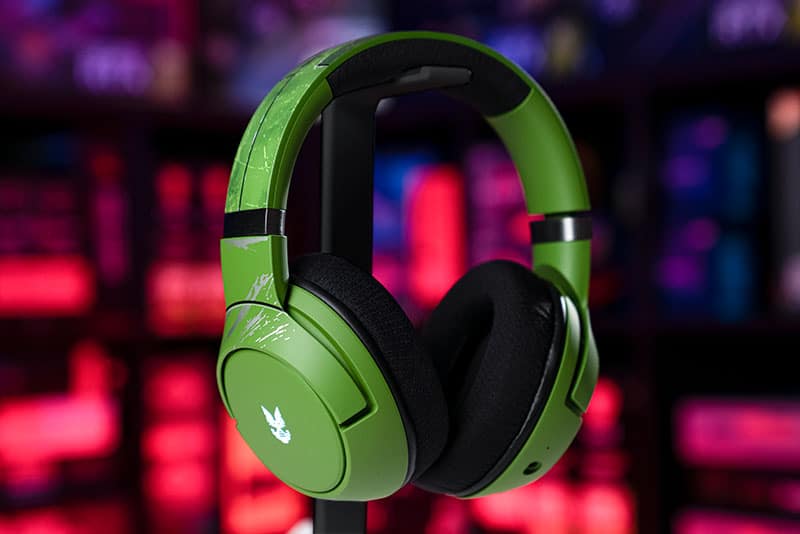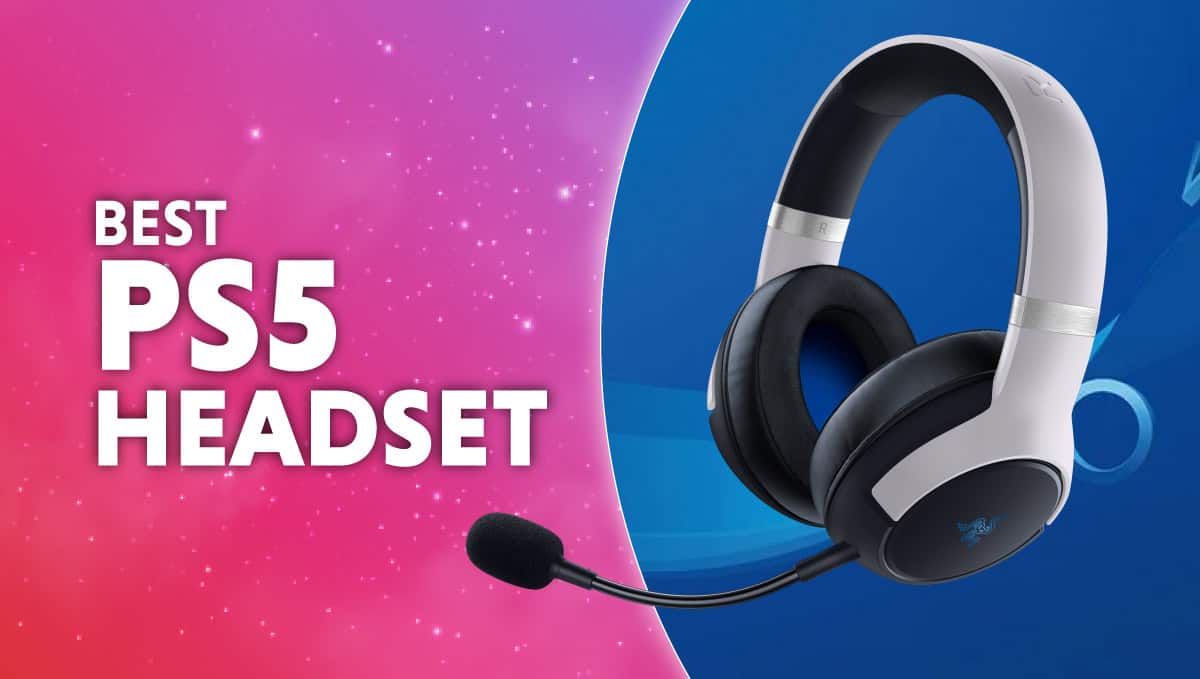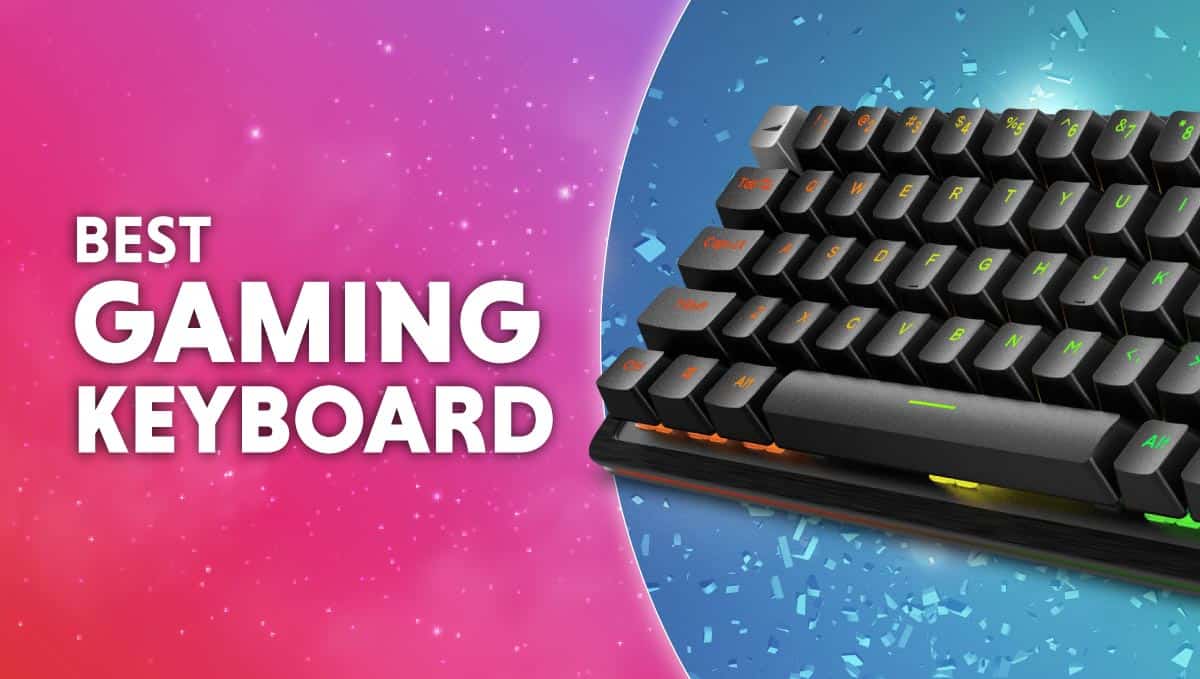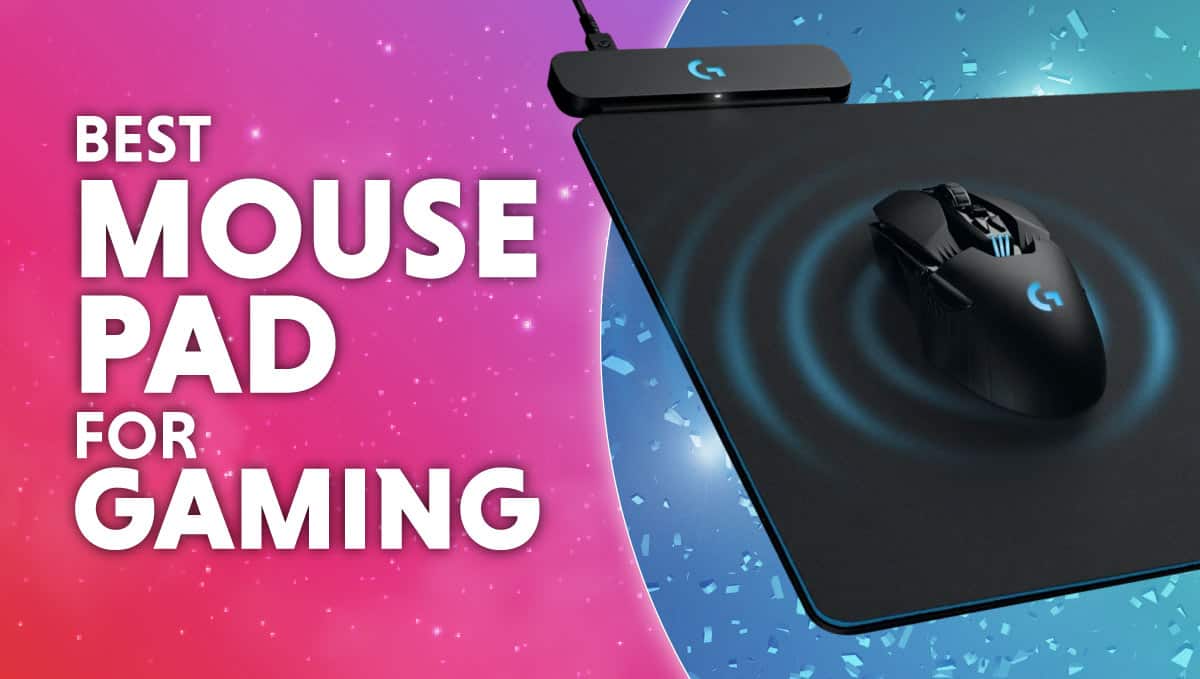Ben's interest in video games started as a result of his intense need to be better than his sister at something. It didn't work but it started a lifelong passion in gaming, which then evolved when he built his first PC. He completely botched it but it was fun and he hasn't stopped since. He's currently fighting an embittered battle to get even slightly competitive at Apex Legends. He has a particular interest in peripherals and loves messing around with his setup.
WePC is reader-supported. When you buy through links on our site, we may earn an affiliate commission. Learn more
Last Updated:
The Razer Kaira Pro is one of the best gaming headsets we’ve experienced of late. Razer has never been known as a subtle brand. The triple snake logo, overpowering implementation of RGB, and aggressive expansion only add to this. So you can imagine our surprise when the Kaira Pro’s managed to subvert all of this with a shrewd application of a new technology
With the PS5’s variable resistance triggers, the upcoming vibrating chairs from Razer and Cooler Master, and the ever-increasing accessibility of VR, it would appear we are seeing the beginnings of a haptic revolution in gaming.
It makes sense, however, ever since the rumble pak was introduced for the N64 back in 1997 developers and designers have been on a march to create more immersion for gamers. Up until recently, the only immersion-increasing technology for audio was surround sound, usually the virtual variant that is standard in the best gaming headsets of today. We recently reviewed the Kraken V3 Pro hypersense for PC and were very impressed with the quality and definition of the haptic feedback.
Why the PS5 is the perfect platform for the Razer Kaira Pro
In our review of the V3 Pro, we noted how we expected the haptics to be insular given the lack of accompanying vibrations in the mouse and keyboard. While we were presently surprised that it still added to gaming immersion, we felt that it wasn’t the best use case for audio haptics. This is where the Razer Kaira Pro for PS5 takes the lead as the haptics pair beautifully with the variable resistance triggers, resulting in a comprehensive system of feedback and immersion.
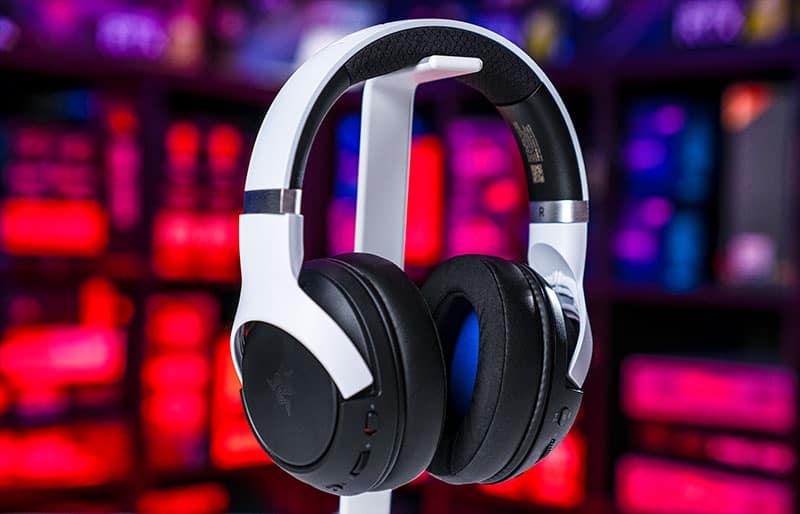
When the Razer Kaira Pro arrived in the office they were immediately connected to the closest PS5 and we all took turns playing Returnal. This was an excellent showcase as the combination of the DualSense triggers and headset haptics truly shone here and the deep bassy noise of the weapons and the corresponding heavy trigger pull worked wonders together.
Additional testing was done with FromSoftware’s latest masochism-simulator, Elden Ring. Unfortunately, FromSoftware has elected not to take advantage of the variable resistance triggers of the DualSense. Anyone familiar with the sound design of soulsborne games should absolutely try Razer’s haptic technology out.
The deep bass of heavy two-handed weapon attacks and the gnarled grizzly roars of the foul beasts pair perfectly with the haptics, making for an experience that helps elevate an already-impressive title. If you’re in a position to have a go with the Kaira and Kraken V3 hypersense technology, you’ll be impressed.
From inaudible to unmissable
Typically, vibration feedback has to be implemented by the developers of the game in question, meaning that it has to be sought-after enough for them to consider it worth the time and money to integrate. The Razer Kaira Pro and Kraken V3 Pro have managed to sidestep this issue by taking advantage of the human hearing capacity.
Typically, the frequency range that humans can hear is roughly 20-20,000Hz. However, sounds as low as 200Hz can be almost inaudible, but they are still present in much of music and a lot of videogame soundtracks. So razer uses the sound in this essentially inaudible range to define the intensity of the vibrations provided by the haptic drivers.
This means that you still get a sensory experience from this usually wasted sound. Additionally, many gaming headsets and TV speakers struggle with low frequencies so there’s a decent chance that you’re missing more than you may realize. We go into more detail in our full review of the Razer Kraken V3 Pro, but this is the gist of it.
Razer kaira Pro: Console-specific and console-limited
We were somewhat underwhelmed by the visuals of the Kraken V3 Pro, and to be honest, the Kaira Pro looks far, far better, with its PS5-inspired color scheme. It takes the unmistakable silhouette of the Kraken product line and modernizes the aging design with more minimalist branding and a striking but elegant two-tone black and white colorway. Even the egregious triple snake logo blends into the overall design.
We also had an opportunity to get hands-on with the Xbox variant of the Kaira, this time in a Halo colorway. This one features a military-green color scheme with the triple snake logo replaced by the logo of the UNSC. Additionally, there are fake scratches all over in order to make it look battle-worn. Opinion of the Halo edition of the Razer Kaira Pro was divided in the office, some loved the green color and scratches, others found it to be verging on ugly. Halo fanatics will no doubt love it.
Curiously, haptic feedback is entirely absent on the Xbox version of the Kaira Pro. This is probably due to Xbox’s stubborn insistence on proprietary audio technology. Aside from this audio quality remains the same, but those of you who are Xbox-exclusive users have sadly been left by the wayside when it comes to the aforementioned haptic revolution. Ah well, maybe next generation.
Headset haptics: The next big thing? Or a flash in the pan?
As you might realize by this point, we are big fans of the headset haptics experience of the Kaira Pro. However, it’s easy to slip into hyperbole and describe it as ‘transformative’ or ‘groundbreaking’. Don’t get us wrong, we’ve been impressed, but there needs to be more development to make this the next big thing. Primarily it needs to be more accessible. The Kaira Pro and Kraken V3 Pro both retail at a massive $199.99 at time of writing, This is very much out of the budget range of most gamers.
Given that virtual 7.1 surround sound can be found in even the cheapest of gaming headsets, we need haptic technology to drop in price significantly, a drop in price will lead to other manufacturers creating competing technologies. A competitive market will lead to more accessible pricing. Once we reach that point, haptics will truly start to take off, and we absolutely cannot wait.

